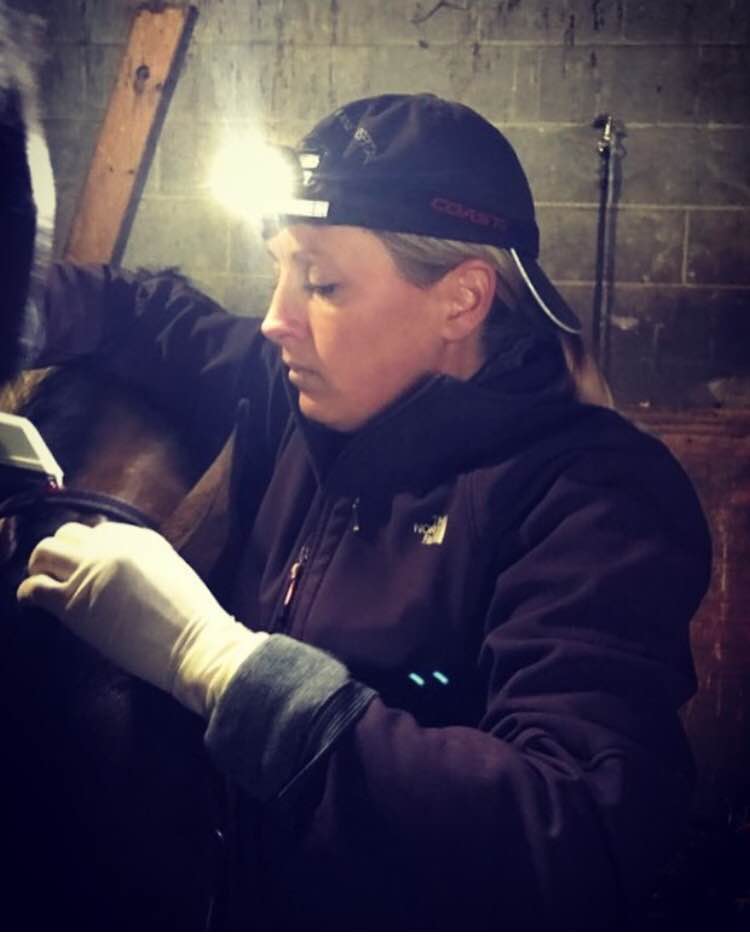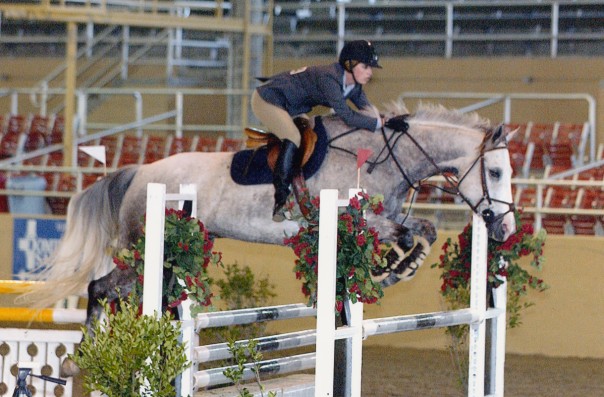Tag: hosea
Meet the PBEC Team: Dr. Caitlin Hosea

Get to know our team of equine veterinarians
Read more about Dr. Caitlin Hosea by clicking here.
Where are you from originally, and where did you complete your undergraduate degree?
Dr. Hosea: I was born and raised in Santa Barbara, California. I received my bachelor’s in animal science at the University of Kentucky with an emphasis on equine studies.
What is your background with horses?
Dr. Hosea: I started riding at a very young age. Through junior high and high school, I was a working student at a hunter/jumper barn. I groomed and taught summer camps to pay for my lessons and shows. During undergrad, I worked as a groom and rider for a few different barns in Lexington and continued to show my horse. I have a new horse now – one of my favorites from the racetrack that was given to me. He’s shown some talent over fences. Hopefully you’ll see us in the jumper ring soon!

What inspired you to become an equine veterinarian?
Dr. Hosea: My interest in veterinary medicine developed after moving to Kentucky. My goal had always been to ride professionally. That all changed when I got a job as a veterinary technician. I spent four years working at a large equine hospital. I also had a second job as a technician for a racetrack veterinarian. During that time, I gained a wealth of knowledge and exposure to a wide variety of interesting cases and eventually decided that I wanted to go to vet school.
What do you enjoy most about working at Palm Beach Equine Clinic?

Dr. Hosea: I love the variety of cases we treat in the hospital and the opportunities to learn from our large team of talented veterinarians. I always enjoy spending time at WEF as well. I feel very lucky to be able to watch some of the best riders and horses in the world compete at one of the best venues in the country. As a junior, I idolized riders such as Beezie Madden, Margie Engle, and Eric Lamaze to name a few. While onsite at WEF, I am able to watch those riders (as well as a long list of other talented equestrians) compete at the highest levels in person. It’s like having floor seats at a Lakers game.
What aspects of equine medicine interest you most, and what types of cases do you find most rewarding?
Dr. Hosea: Sport horse lameness, podiatry, equine neonatal medicine, and diagnostic imaging, especially ultrasound. Complicated lameness cases are what I really enjoy. After my internship at PBEC, I spent five years working at Keeneland as a racetrack veterinarian. During that time, I was fortunate enough to work with some remarkable horsemen and truly amazing horses. For me, being part of a team that works together to advance a horse’s athletic career is incredibly rewarding.

What experience do you have with equine podiatry?
Dr. Hosea: I’ve always had a strong interest in podiatry. Between my second and third year of veterinary school, I spent eight weeks completing a farrier certification program at Oklahoma State Horse Shoeing School in Ardmore, Oklahoma. During this time, I was shoeing horses every day as well as building hand-made horseshoes in a fire from plain bar stock. By the time I finished, I could shoe a horse all the way around; build, shape, and fit steel shoes; draw clips; and weld bar shoes.